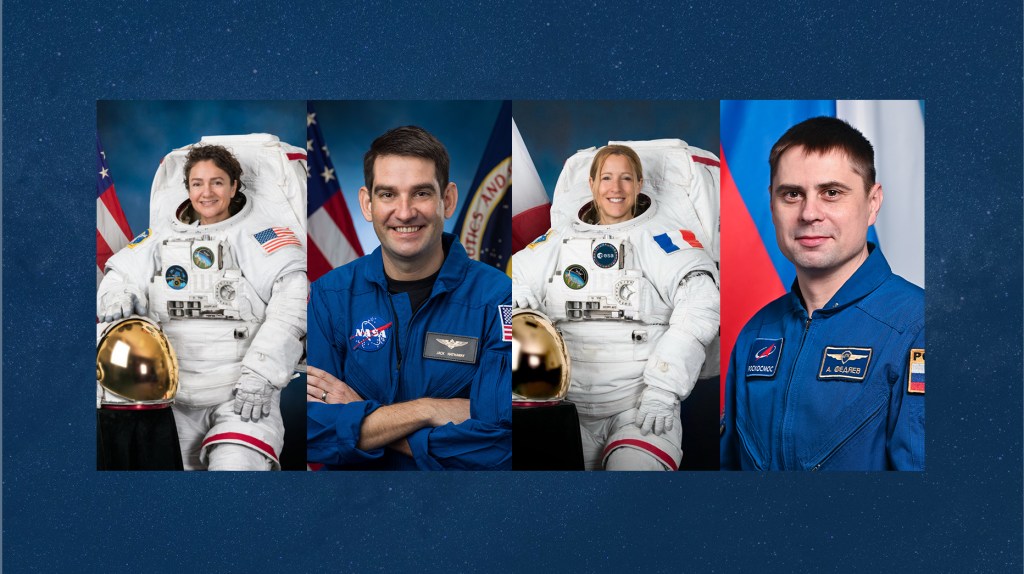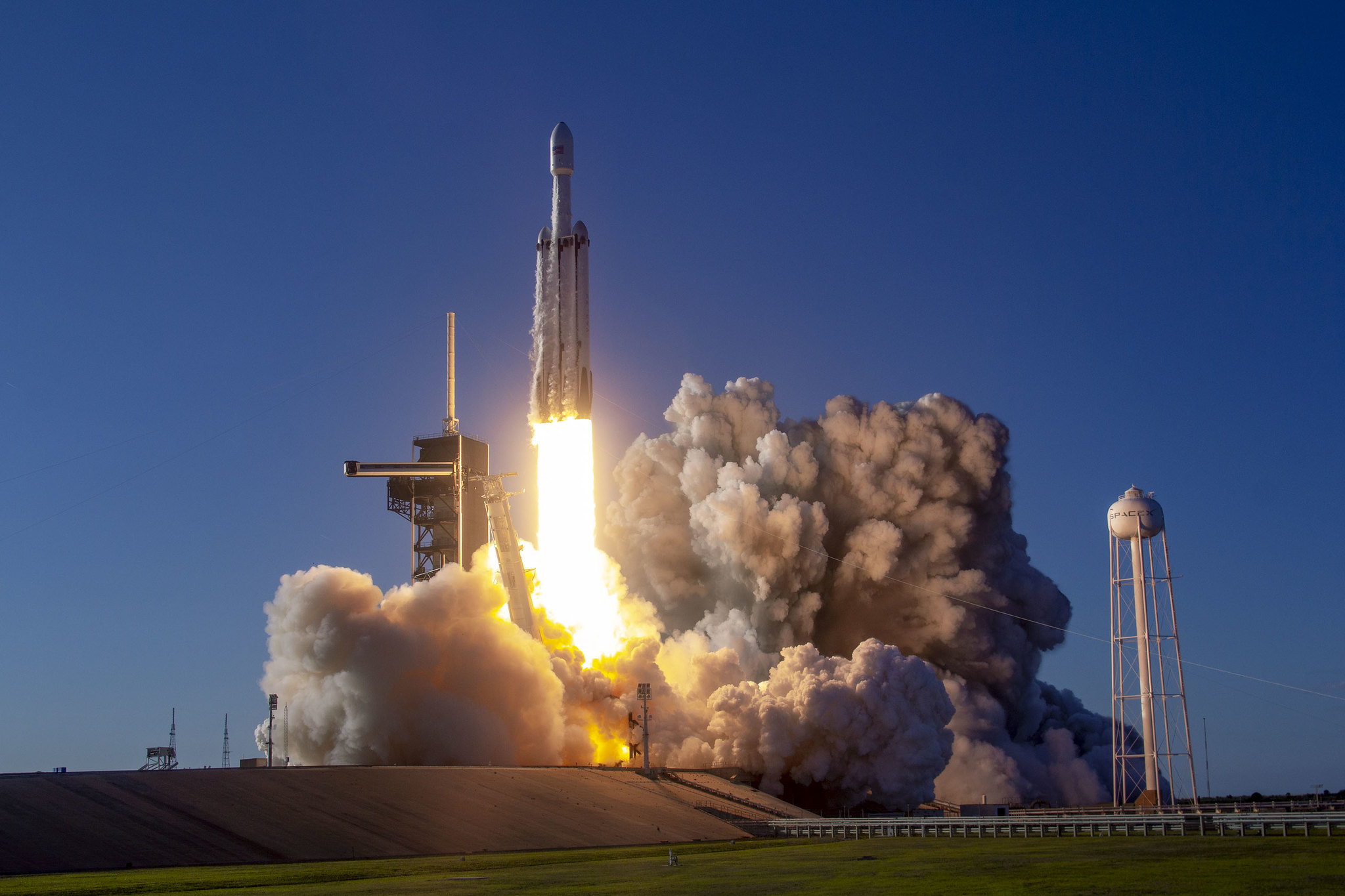Media accreditation is open for SpaceX’s third Falcon Heavy launch, targeted for Saturday, June 22, from NASA’s Kennedy Space Center in Florida. Four unique NASA technology missions that will help improve future spacecraft design and performance are among the two dozen spacecraft aboard the U.S. Air Force Space Test Program-2 (STP-2) mission.
Members of the media who are foreign nationals and interested in covering the launch must fill out this SpaceX media accreditation form and provide a photocopy of their passport and valid visa to media@spacex.com by no later than 5 p.m. EDT on Tuesday, May 21. Members of the media who are U.S. citizens or permanent residents and interested in covering the launch must fill out this media accreditation form by no later than 5 p.m. EDT on Thursday, June 13.
The NASA technologies aboard this mission – including a small spacecraft, pair of CubeSats, payload and testbed of instruments – will help better equip and support the agency’s future exploration plans, including returning astronauts to the Moon in five years.
The Green Propellant Infusion Mission (GPIM) is NASA’s first attempt to use a new non-toxic fuel and propulsion system in space. The technology replaces conventional chemical propulsion systems and offers simplified prelaunch processing, increased payload mass, enhanced spacecraft maneuverability, and longer mission durations. A successful demonstration of this capability on a Ball Aerospace spacecraft will benefit future missions by providing safer propellant options for spaceflight.
The Enhanced Tandem Beacon Experiment (E-TBEx) explores “bubbles” in the electrically-charged layers of Earth’s upper atmosphere, which can disrupt key communications and GPS signals that we rely on down on the ground. Such bubbles currently appear and evolve unpredictably, making them difficult to characterize from the ground. Increasing our understanding of them will help us prevent the disruption of the many radio signals that pass through Earth’s upper atmosphere. The two NASA CubeSats on this mission will work in concert with the six satellites of NOAA’s COSMIC-2 mission. Varying orbital positions among the eight spacecraft will give scientists chances to study these bubbles from multiple angles at once.
A new kind of atomic clock aims to let spacecraft conduct precise navigation on their own, instead of waiting for trajectory information from Earth. This versatile technology also has science and exploration applications. The Deep Space Atomic Clock can be used to study planetary gravity fields and atmospheres, or could even enable a GPS-like capability on the surface of the Moon. The technology demonstration mission, developed by NASA’s Jet Propulsion Laboratory in Pasadena, California, is the primary payload on General Atomics’ Orbital Test Bed spacecraft.
Space Environment Testbeds (SET) works in the harsh radiation of near-Earth space to gather data on the very nature of space itself, which is constantly shaped by the Sun. Energetic particles can spark sudden computer problems or memory damage in spacecraft, and degrade hardware over time. Hosted on the Air Force Research Lab’s Demonstration and Science Experiments spacecraft and equipped with a space weather monitor and three circuit board experiments, SET will study this space radiation and how it affects instruments. This information can be used to improve spacecraft design, engineering, and operations in order to protect spacecraft and the work they do from harmful radiation.
STP-2 is managed by the U.S. Air Force Space and Missile Systems Center. The Department of Defense mission will demonstrate the capabilities of the Falcon Heavy rocket while delivering satellites to multiple orbits around Earth over the course of about six hours.
To learn more about the STP-2 mission, visit:
To stay updated about the NASA technology aboard this launch, visit:
-end-
Clare Skelly
Headquarters, Washington
202-358-4273
clare.a.skelly@nasa.gov
Karen Fox
Goddard Space Flight Center, Greenbelt, Md.
301-286-6284
karen.c.fox@nasa.gov
































